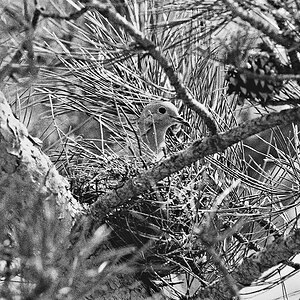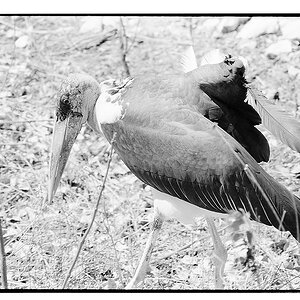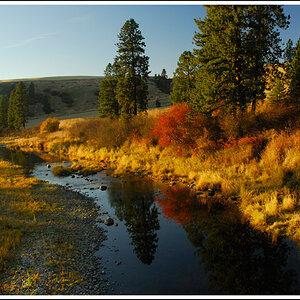shingfan
TPF Noob!
- Joined
- Dec 29, 2006
- Messages
- 569
- Reaction score
- 0
- Location
- Toroto, ON
- Can others edit my Photos
- Photos OK to edit
what is an 18% grey card?....and how white should a white card be?....when setting white balance...which is more convenient to use?......so..when setting the white balance....should i put the paper very close to the camera...or use long focal lenght?....any difference?



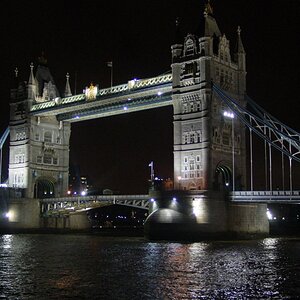

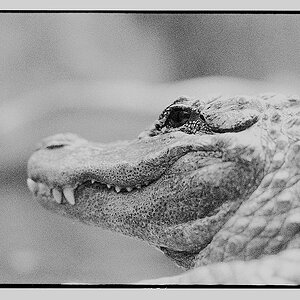
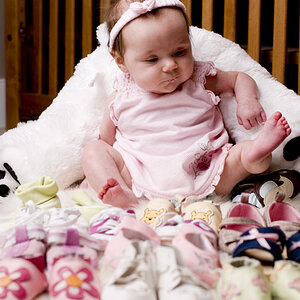
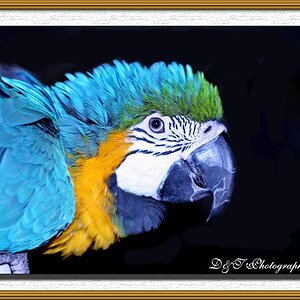
![[No title]](/data/xfmg/thumbnail/32/32702-7344d6e6132276dd7bfc046084fea432.jpg?1619735604)
